Codex ITransformation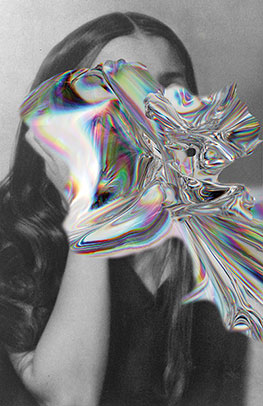
Codex IISymbol
Codex IIIThe Tower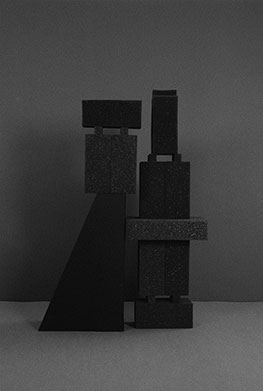
Codex IVThe Sublime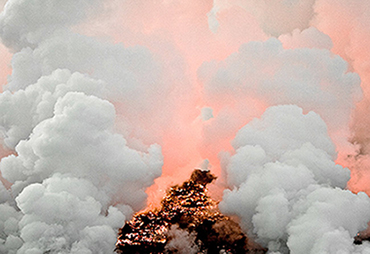
Codex VSpace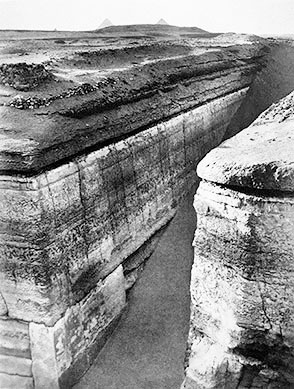
Codex VIManifesto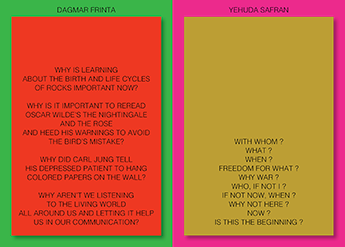
Codex ITransformation
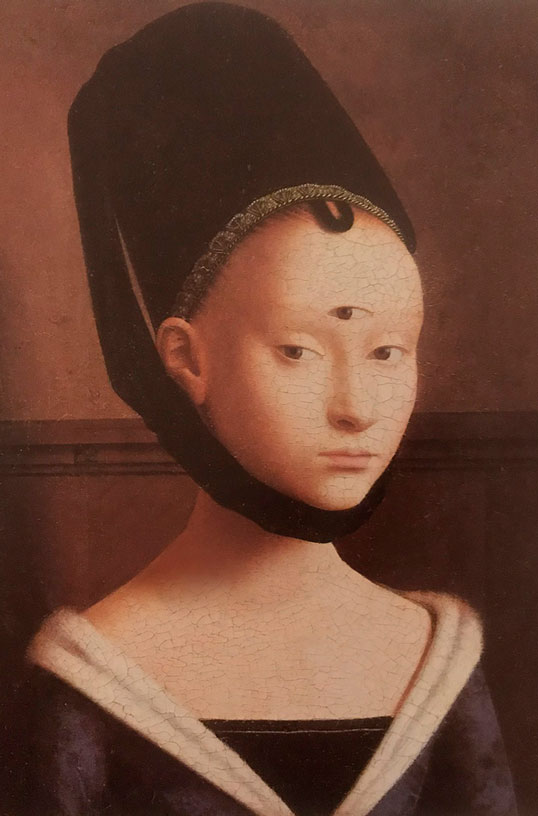
Our world is alive, changing and transforming itself; so are we. In confronting the crises of contemporary reality we are increasingly in search of new forms and values while longing for some inner magic, a transformation. A new world view is developing, where spirit and matter are perceived as inseparable from each other. The first codex offers a pop-cultural vision of transformation as an alchemical allegory. Alchemy is interpreted as a process that facilitates spiritual transformation and a profound integration of body and soul. It speaks directly to the depths through the images that are present there. Ibn Umail, an Arabian alchemist of the tenth century, considered the psychic process of transformation as being the highest goal in human life. His work connects and bridges the Ancient Egyptian quest for immortality directly with later Latin alchemy and the modern depth psychology of C.G. Jung with its aim of creating spiritual gold: consciousness. For Jung, alchemy was thus a symbolical process for profound spiritual transformation to deepen consciousness, expanding it to new levels, and to integrate the soul into the body, showing that the alchemical process is in fact entirely a psychological work that is based on dealing with concrete matter and bodily reality. It is not the world outside us that must change; we must attend more consciously to the inner world. The individual who turns toward her or his inner life, observing and working on an inner process of transformation, knows that this process is an ongoing work, lasting throughout life. The connection to the “inner stone” gathers people together and enables them to recognise the language of others, thus contributing to peace and unity.
Codex IISymbol
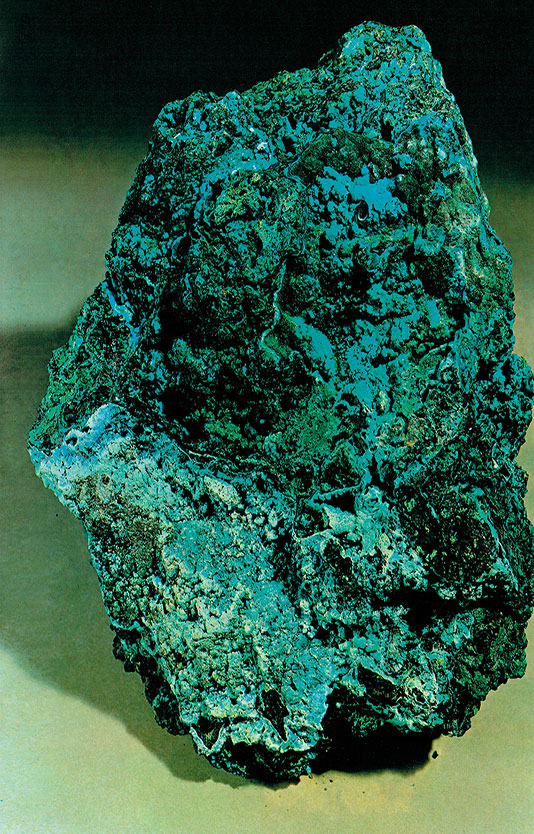
A symbol is mask and revelation at the same time; it always points to another level of existence and, in addition to its revelatory function for the initiate it has a veiling effect for the uninitiated. In all areas of life it gives expression to the symbolic quality of human existence, where “the inner is suggested by an outer, the spiritual by something material, the whole by a part, the invisible by something visible, the unchanging by something transitory.” The French symbol researcher Marc Saunier points also to an important characteristic of symbols when he states that “they show us all that has been and will be in one immutable form.” The tension between sensual clarity and spiritual significance makes the symbol an important means of expression in philosophy, religion and art. In philosophy it reveals that the basic realities of world and life cannot be covered exhaustively by reason; in the symbol, rather, nature, the material world, becomes transparent down to the foundations of its existence. Symbols do not intend to explain rationally the mysterious connectedness of the world, but indeed suggest its irrationality. C.G. Jung states: “When the soul explores the symbol, it is led to representations that lie outside the range of the understanding.” Jung also establishes that the observable phenomena of the unconscious—dreams and visions—bring forth image associations of the kind also found in the symbolism of alchemy. To be occupied with symbols is a way to see behind things and to combine this treasury of eternal images from our unconscious with the visual and verbal manifestations of our so marvellously diversified world.
Codex IIIThe Tower


Eternal house, Etemenanki, cathedral of the vertical city, magic totem. The tower as a sequestered space or World Mountain—a symbol of philosophical thought and the graduated spiritual ascent of humankind. Longing for the endless. Longing for peace, for a lieu sacré, a place where people of all lands and languages come together, like the biblical Tower of Babylon. The “original tower,” the Babylonian ziggurat, was a symbol of the axis of the cosmos, connecting heaven and earth. Even when there were no longer towers as sacred buildings they were still valued as significant—fantastic and mystical, places where past and future could meet, the elegance of geometric abstraction, an “apotheosis of vertical architecture” (Fernand Legér). Towers can be the fulfilment of the Babylonian promise; the realization of both its technical enigma and its utopian-cosmopolitan objective. No wonder that Le Corbusier and Salvador Dali saw the resurrection of the Egyptian pyramids and the city of Babel in the skyscraper landscape of New York. An unconscious knowledge or intuition fuels the constant search of humanity for the sublime essence of a spirit which has found embodiment in the mystical architecture of the past.
Codex IVThe Sublime

Rugged, inhospitable landscapes, uncanny, endless, threatening and disturbing, yet also enigmatic and healing—those are the sublime “ends of the world”. It seems that such places lead us to transcendental experiences, an emotional connection to a greater power. Sublime landscapes are filled with poetry, and yet their foreboding quality overwhelms us with a feeling that we are at the mercy of something. In his Philosophical Enquiry into the Origin of Our Ideas of the Sublime and Beautiful Edmund Burke writes that the feeling of the sublime only arises when we encounter a landscape that awakens the idea of force—a force greater than humans and threatening to them. Pain and danger meet at the most sensitive point, that of self-preservation, and we have only two options: fight and survive or perish. But when we experience not pain and danger as such but only their “ideas” in the spirit, they can lead to unusual pleasure and are thus “sources of the sublime”. “The sublime is an echo from a great soul,” writes Longinus, the (still not identified) author of the powerful ancient discourse Peri hypsous (On the Sublime). “The sublime has its effect without thought, without understanding. The soul takes it in independently of the will.” This explains the fascinating power of the sublime: that it results not at all from our reasoning, but rather pre-empts it and carries us away with irresistible force.
Codex VSpace
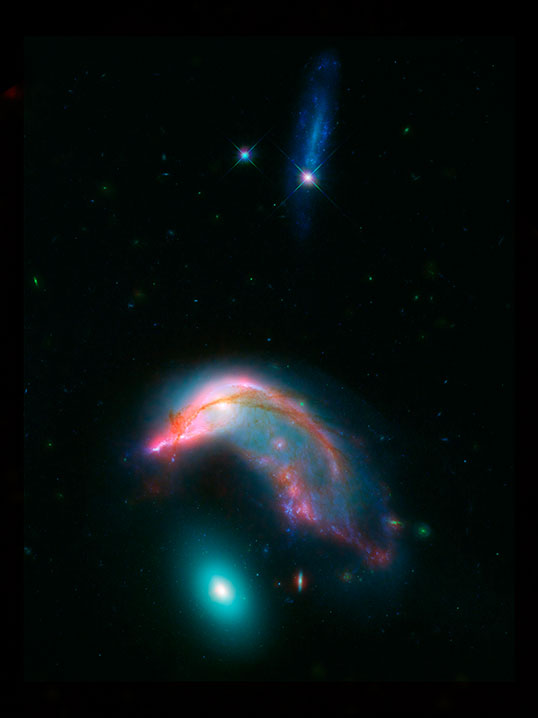
Our present is located in an age of space and in an advancing consciousness of space. Because of the increasing density of space—virtual space, our living space and outer space—we long for a chance to pause a moment to experience the space around us and inside us as something accessible to our senses. This makes the spaces grasped by imagination no longer indifferent spaces that exist for themselves alone, only accountable in the form of geometric measurement, but directly perceptible poetic forms of extension. Identity with space develops when a human brings parts of its “persona” into balance with parts of space. The vibrations of the space and the individual correlate until the space becomes an “alter ego”. Sigmund Freud was the first to describe the causal connection of outer and inner world in an epistemological context. In the western world, this connection is understood as the one-sided impact of the outer world on the inner. Eastern philosophers, however, understand the outer world as an effect of the inner. Swami Vivekananda (1863–1902) defines human-space connections as “foundational harmonies” (Urharmonien); he calls the power that space emanates “the eternal”, which humanity does not create but receives or passively transmits. The human being and its image—architectural space—also includes the extrasensory and myth. In the myth, social relationships and our form of life are also reproduced within the idea of a transcendental existence, which is reflected and repeated in ritual. The poetics of any “contemplation of space” perhaps opens an internal window so that the space of our being can be felt—a space of enspirited material.
Codex VIManifesto
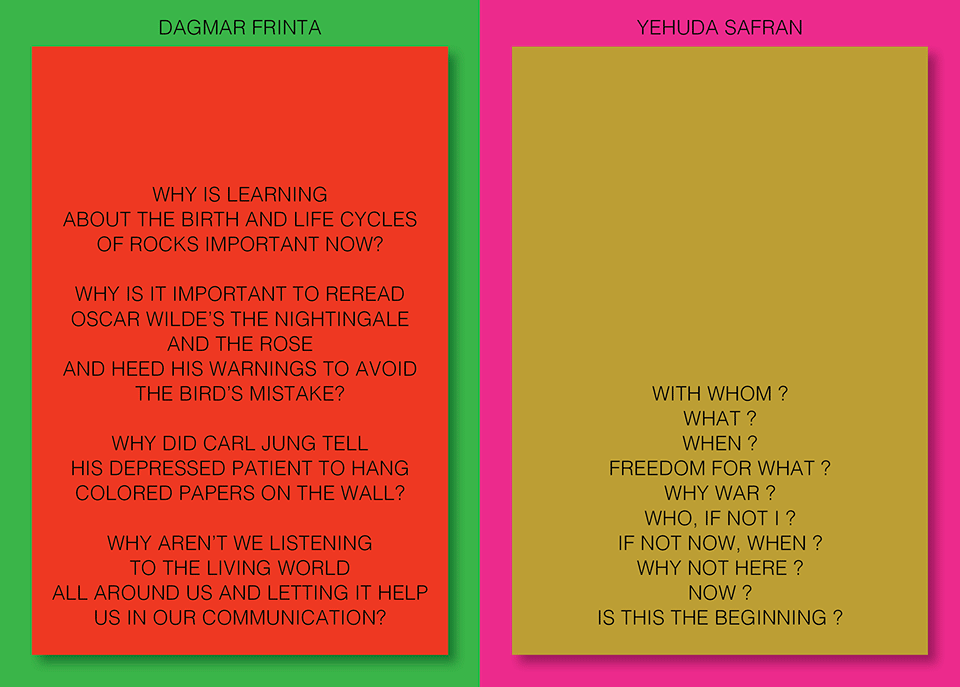
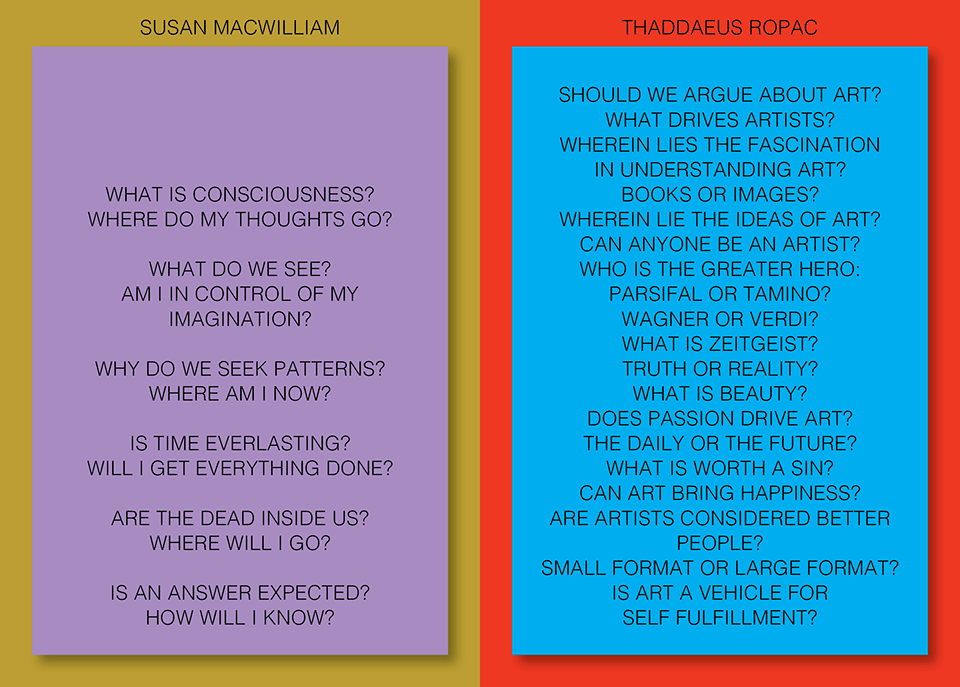
The question manifesto reveals very personal thoughts in the form of questions, which Thaddaeus Ropac, Susan MacWilliam, Yehuda Safran and Dagmar Frinta here pose to themselves and/or the world. It is suggested that recipients respond to the question so as to learn something about both themselves and the questioner. The question manifesto is the poetic “birth” of a value, idea or symbolic force. At its centre is the collective unconscious and the creative core of the psyche. The question manifesto is not a radical rallying cry of the kind often exemplified by art manifestos of the early avantgarde, but rather a sketch of the personal views and desires of four people who inspire us, and in whom the unconscious sets those factors moving which are missing in our times. Scholars distinguish in general between literary, art and political manifestos. The question manifesto is a new genre, the “human” manifesto, that need not represent an ideology or belong exclusively to any special group. At its centre is the individual human and his or her sense of being. Equally that of the author and that of the recipient. A union of different languages and mindsets that ultimately unveils the great common wholeness. We should be all questionists.